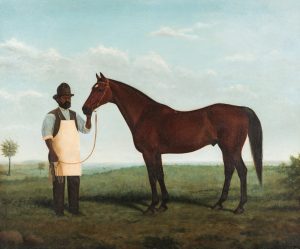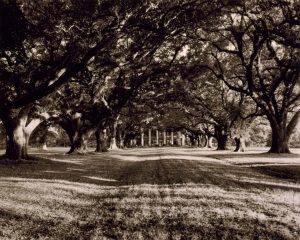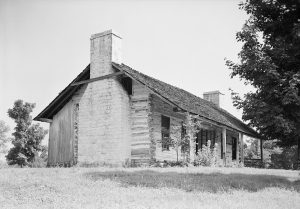The public is invited to a panel discussion, “Interpreting Enslavement at Historic Sites,” Tuesday, April 6, 2021, at 6:00 p.m., central time (US and Canada). The discussion will take place via Zoom and is free and open to all but limited to the first 100 registrants.
UPDATE: a video of the talk is now available:
Interpreting Enslavement | Department of Art & Art History from UA College of Arts & Sciences on Vimeo.

Brigette Jones, curator of social history at the Tennessee State Museum and Laura Kilcer, curator at Oak Alley in Vacherie, Louisiana, will join Dr. Rachel Stephens, associate professor of art history, for a discussion about their work in interpreting enslavement at historic sites.
Dr. Rachel Stephens, who will act as moderator, said, “So much excellent research about the history of enslavement is taking place, much of it within individual sites of slavery. This conversation is certain to be a thought-provoking inside look at the types of work taking place at ‘plantation’ museums across the South.”

Brigette Jones is Curator of Social History for the Tennessee State Museum in Nashville. She recently served as Director of African American Studies for the Belle Meade Plantation Museum in Nashville, where her academic focus was primarily on the lasting legacy of American chattel enslavement on Tennesseans and surrounding areas. Her work has been recognized by the Smithsonian Institute, NPR, The Tennessean, Nashville Scene, and Garden and Gun magazine where she was named one of the 2019 “30 Southern Heroes.”
Laura Kilcer is the Curator at Oak Alley, a historic site that preserves and interprets a slave-holding sugar plantation in St. James Parish, Louisiana. Her primary area of interest is in the cultural landscape in general and the built environment in the vein of the ‘country house’ in particular, specifically focusing on sites of enslavement. Her research includes the cultural history of plantations, plantations as vernacular landscapes, and associated iconography. She is the editor of Charting the Plantation Landscape, Natchez to New Orleans: Narratives Lost or Ignored, published by LSU Press and forthcoming in April 2021.

Dr. Rachel Stephens’ research focuses on nineteenth-century American art and visual culture, especially antebellum southern art, race and representation, and Jacksonian-era portraiture. She is the author of Selling Andrew Jackson: Ralph E. W. Earl and the Politics of Portraiture (University of South Carolina Press, 2018), and the forthcoming book, Hidden in Plain Sight: Slavery and Concealment in Antebellum American Art (University of Arkansas Press).
The program is sponsored by The University of Alabama department of art and art history.
For more information about The University of Alabama’s programs in art history and studio art, visit our degree programs page.